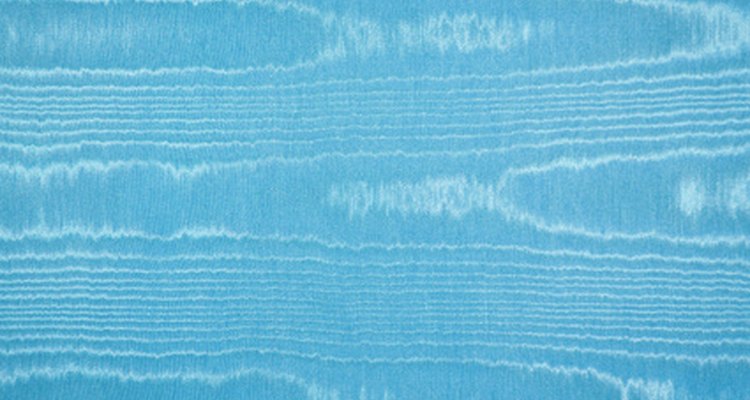
Moire is a treatment in which a fabric is given a pattern that has a “watered” look. In fact, silk that is manufactured with a moire pattern is often called watered silk. There are different ways to produce the effect, which is appreciated for its high luster and eye-catching appearance.
Types of Fabric
Moire is most commonly thought of as a treatment for silk, but several other materials are also sometimes given a moire finish. These include cotton and wool, as well as rayon and other synthetic fabrics. The weave of the fabric must be ribbed or corded in order for the surface to “take” the moire treatment successfully.
History
Moire has been known since medieval times. In its origins, moire was always used on silk and was thought of as a sophisticated and highly prized type of fabric. There’s little agreement about the derivation of the word, but Collins English Dictionary cites it as being derived from the French word for mohair.
Techniques
The most common way to make a moire finish is to use a technique called calendering. This is done after the fabric is woven. The material is folded in half, moistened and then run through rollers with special ribbing or engraving. This is usually done under high temperature conditions. The differential pressure from the pattern on the rollers creates the wavering, watered effect by crushing some of the threads within the fabric. A different type of moire pattern can also be woven into the cloth by using a warp and weft of different colors, or achieved by printing with varying colors.
Uses
In personal fashion, moire is most often now used for silk taffeta evening wear and ballgowns. It’s also frequently used for home furnishing fabrics, such as drapes and upholstery, usually in formal rooms. You may also see a moire fabric lining a jewelry box or a purse.
Care
Moire fabrics usually have a good amount of body and may even be stiff, but great care should be taken in folding them as they can retain creases, and most cannot be steamed or ironed. Some also lose their special luster if they get wet, so many items made with a moire pattern--especially silks and rayons--must be dry cleaned.
Related Articles
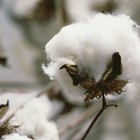
What Is Cotton Plisse?

Different Kinds of Chiffon Fabric
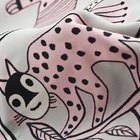
What Is Berber Fleece?

The History of Satin Fabric

What Is the Difference Between Acrylic ...

Fabrics Similar in Weight to Taffeta

Types of Cotton Fabric
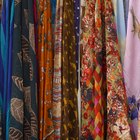
What Are Clothing Textures?
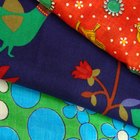
What Is Arnel Vintage Material Fabric?

Different Kinds of Blouses

Care of Mohair Fabric

What Is the Difference Between Denim & ...
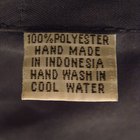
Definition of Polyester Staple Fiber

Care of Satin Fabric
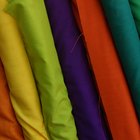
Characteristics of Rayon Fabric
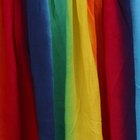
Can You Iron Acetate Fabric?

Can Chiffon Be Washed?

Care Instructions for Voile Fabric

The Care of Plisse Fabric

How to Shrink Flannels